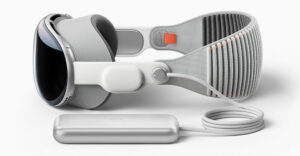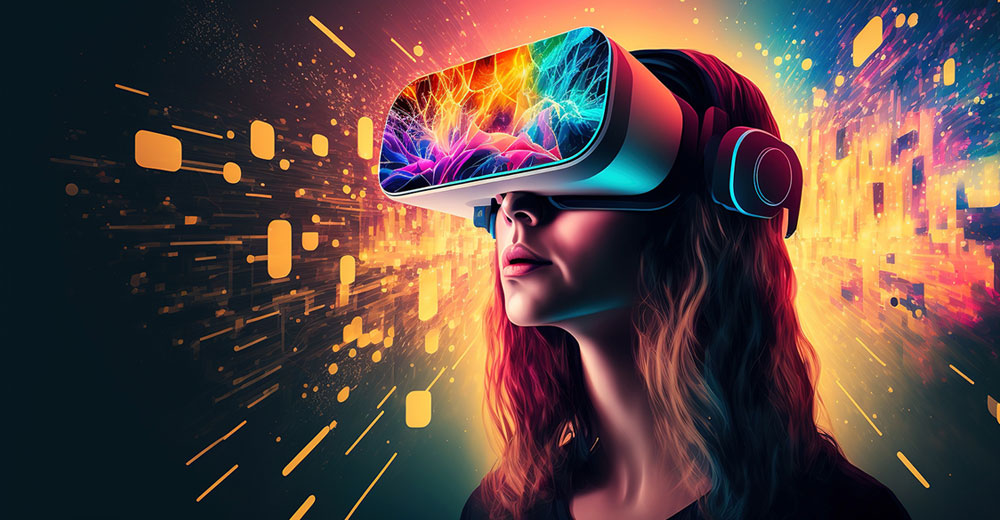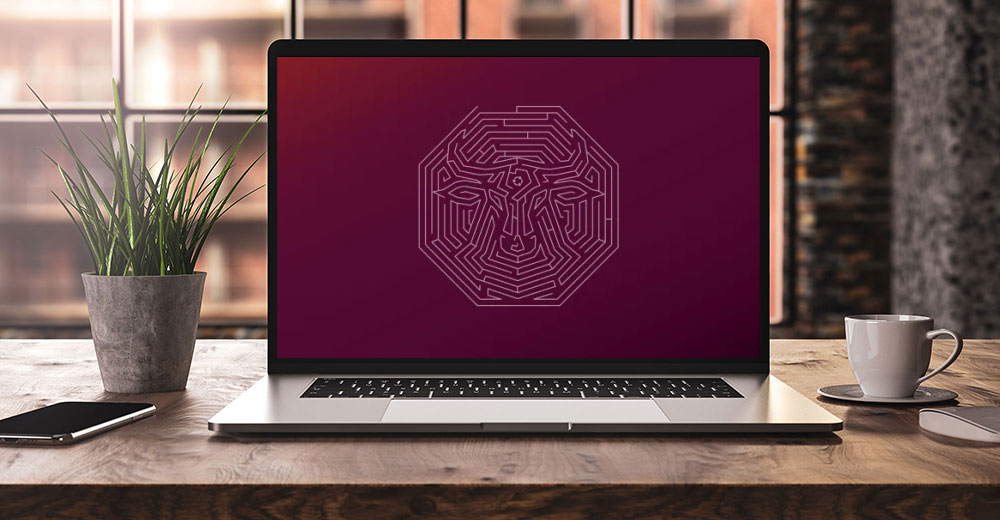As is often the case when technology is advancing very rapidly, the leading providers of an evolving class of products are on very different pages. I’m talking about Cisco and Microsoft — and while neither’s approach is wrong, neither is complete — and together they can build a comprehensive picture of what is needed for our hybrid workplace future.
This hybrid future is one where remote workers are better off than those working on-premises and where you can instantly travel to a meeting any place in the world without feeling at a disadvantage.
Cisco’s efforts are focused on a better understanding of the remote individual’s unique needs, their management, and how to create a better hybrid work environment. Microsoft’s are focused on making traveling digitally indistinguishable from physically traveling.
I maintain that both approaches aren’t in conflict but complementary to each other. It would help if we had both’s tools to manage better and assure that the employees and the artificial reality provide a non-biased photorealistic remote collaboration instance.
Let’s talk about the advantages of a simulated workplace done right, and we’ll close with my product of the week, a new graphics card from AMD that people are paying almost twice the list price for because they want it so badly.
Cisco
Last week was Cisco Live, and much of the event spoke to the 400+ improvements that have been built into Webex to address the new pandemic needs to manage a remote workforce.
What makes Cisco’s approach different is that they integrated their head of HR into the effort: Francine Katsoudas, EVP and Chief People, Policy and Purpose Officer. Sadly, most companies don’t seem to take HR that seriously, but Cisco does. Not only is Francine an EVP, but Cisco has also evolved its HR effort from a compliance organization to a strategic part of the company to assure employee growth and success.
Francine helped drive the development of Webex from a run-of-mill video conferencing product to an accurate management and employee development tool. Over time, Webex will evolve into something that will help employees perform in remote meetings, at the same time providing managers with the information they need to fine tune their teams, while holding employee privacy as a critical requirement.
The technology that I believe will eventually make this solution most effective is AI which can, without violating that critical privacy rule, still provide needed and timely alerts about employee abuse, discontent, best practices, and needed skills training. WebEx, as a result, should evolve into an even better management and employee growth tool over time.
Microsoft
At Microsoft Inspire last month Microsoft showcased its Holoportation advancements, which are not yet in wide use. Holoportation promises a future where a digital conference and a physical conference swap places as the ideal way to collaborate by providing a physical-like experience, using avatars, but with the full capability of digital simulation.
Once this solution matures and develops advanced ways to instrument the user’s body; you’ll easily do more things in a virtual conference than you could if you’d physically traveled to the meeting.
If, as I expect, we eventually will fully pivot to virtual technology, it will simply make more sense to pick up a mixed reality headset and instantly join a meeting regardless of whether it is across the hall or on the other side of the planet.
Using remote robots, even the need to physically interact with things at a remote location could be mitigated, and the foundation for traveling to the office eliminated. You could even create environments where people gather around rendered water coolers for interpersonal conversations (something that remote workers often lament they miss out on).
In this future world, the need for most business travel would be eliminated, thereby increasing worker safety, removing travel downtime, and potentially reducing the stress on the employee.
Blending Cisco and Microsoft
I say “potentially” in the prior paragraph because one thing we have learned from our pandemic adventure is that working from home has done ugly things to the work-life balance. As a result, if we implement Microsoft’s Holoportation solution without some way to monitor employee impact and assure work-life balance, that balance and our employees’ health and welfare will decline.
This potential adverse outcome is why blending Microsoft’s approach with Cisco’s makes the most sense. With Microsoft, you get the tool that allows you to instantly travel anyplace in the world with benefits over actually being there physically; with Cisco’s, you get tools to assure the employees benefit from this change and don’t work themselves to death instead.
For this effort to graduate to a more encompassing virtual workspace, we need both the virtual tools that Microsoft is developing, and the management and employee development tools Cisco is creating. Otherwise, the result will either not provide the quality of experience people need in a virtual meeting or the tools necessary to assure that the employee truly benefits from the change and isn’t otherwise harmed.
Wrapping Up
This extended pandemic had one colossal silver lining: it forced us to honestly look at our conferencing technology and begin to evolve it to make physical travel obsolete.
But to do that, we don’t just need to advance the mixed reality capability to emulate better real life; we also have to instrument the people using the solution so that we can help them become better employees and assure that this shift to digital interaction helps and doesn’t hurt them long term. When I say help or hurt, I mean both their mental wellbeing and their career path.
By addressing both the physical and human aspects of the solution thoroughly, we open up the potential to create virtual companies where people are safer, more engaged, more effective, and by most measures happier than they ever were in physical offices. Only then can we approach the full potential of our new simulated workplace future.

The AMD Radeon RX 6700 XT Graphics Card
Getting a new graphics card for anything near list price has become a bit of a problem thanks to cryptocurrency miners who tend to drive prices up well above list. That is the case with the new AMD 6700 XT card, which retails for around $480 — but finding one under $1,000 on eBay is problematic. Though you can find them at close to the list price if you are patient — and at anything close to the list price these cards are an excellent value.
Games rely more on graphics than they do on CPU performance these days, and given it is far easier to swap out a GPU than a CPU, that is a good thing.
One improvement that AMD cards have particularly enjoyed is that they are far better looking now. It used to be that while AMD cards provided good value, they tended to less attractive than their Nvidia counterparts. But AMD has stepped up with far better designs to help those of us with windowed computer cases.

The other area where AMD has been making extraordinary progress is with power efficiency. In head-to-head tests, this AMD Radeon 6700 outperforms, in terms of energy use, both the Nvidia and other AMD cards. It was tested significantly while being very competitive in overall performance.
This card is also the first from AMD that seems to embrace ray tracing fully; a technology that Nvidia has been championing with its RTX line of cards, making it somewhat more future proof than earlier offerings (ray tracing games are still more the exception than the rule but that’s changing). Ray tracing provides a much more realistic experience for the games that support it, particularly with light and shadows.
In the end, the AMD Radeon RX 6700 XT provides an excellent way to upgrade an older PC or to build a gaming machine on a budget. I still enjoy building my PCs, and this card has been a significant upgrade to my aging gaming machine, so the AMD Radeon RX 6700 XT graphics card is my product of the week.
























































In other words the government is using these tech companies to further spy on and enslave humanity